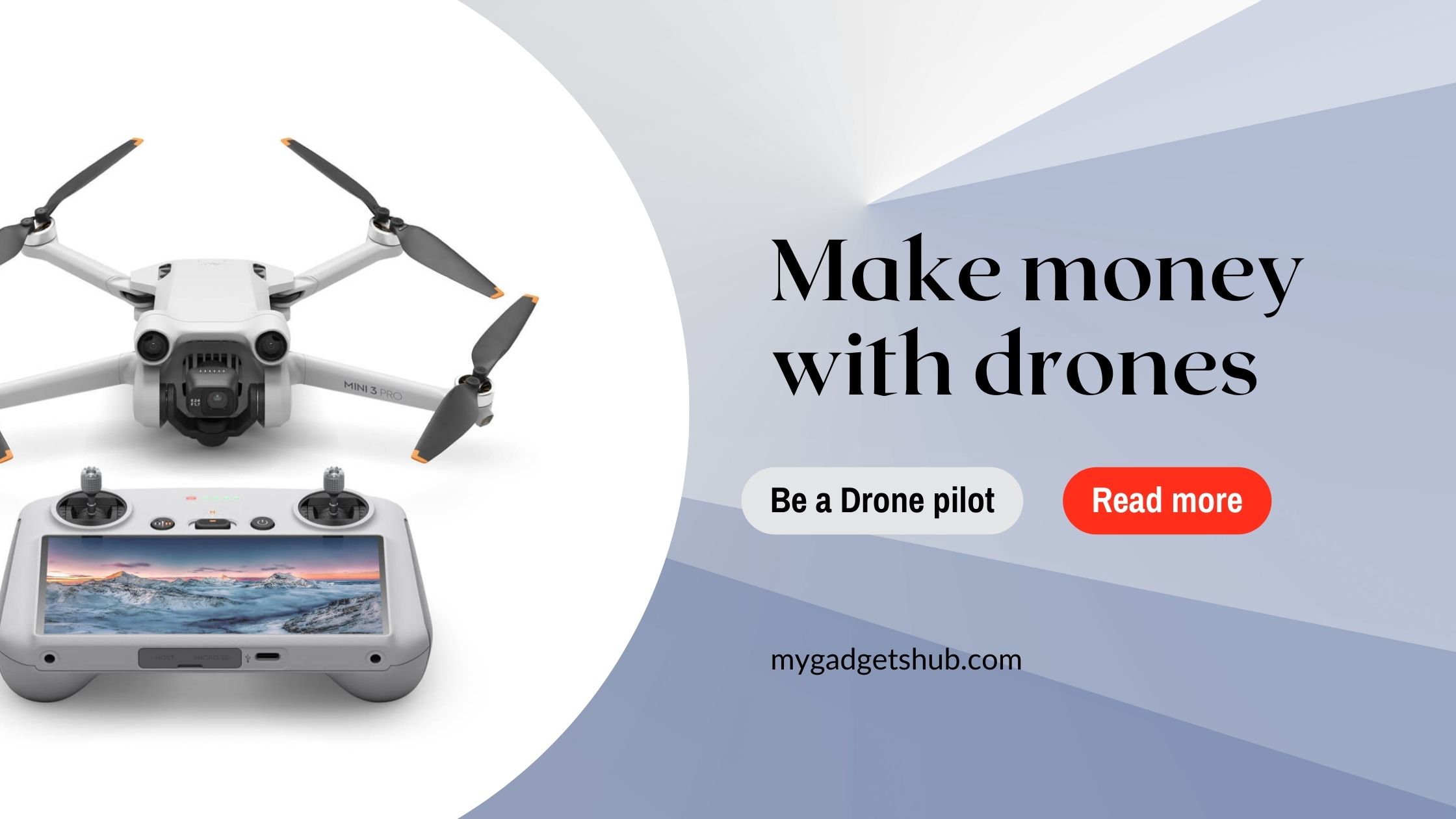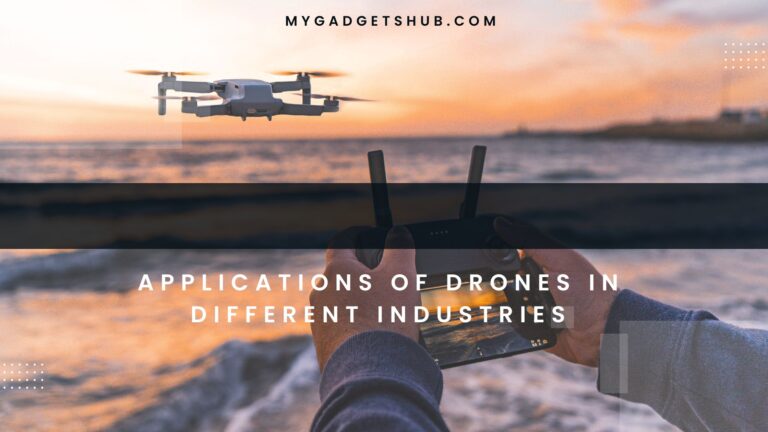Introduction
Drones are unmanned aerial vehicles that are remotely controlled by an operator. They have become increasingly popular due to their versatility and ease of use. Originally developed for military purposes, drones are now widely used for a variety of applications, including aerial photography and videography, search and rescue operations, agriculture, and even package delivery.
One reason for their popularity is their ability to access remote and difficult-to-reach locations, allowing for unique perspectives and insights. They are also relatively inexpensive compared to traditional aerial vehicles, making them accessible to a wider range of individuals and businesses.
Advancements in technology have also contributed to the increasing popularity of drones. They are now equipped with high-quality cameras, GPS tracking, and obstacle avoidance systems, making them safer and easier to operate.
However, with the growing number of drones in the skies, there are also concerns about privacy and safety. As a result, there are regulations and restrictions in place to ensure responsible drone use.
Ways to make money with drones
Drones can be used for a variety of commercial purposes, allowing individuals and businesses to make money using this technology. One of the most popular applications of drones is aerial photography and videography, which can be used for real estate, tourism, and event coverage. Drones can capture stunning aerial footage that would otherwise be impossible to obtain.
Another way to make money with drones is through aerial mapping and surveying. Drones equipped with specialized sensors can quickly and accurately collect data about the terrain, buildings, and infrastructure, making them ideal for construction site monitoring, land surveying, and environmental monitoring.
Agriculture is another industry that can benefit from drone technology. Drones equipped with sensors and cameras can be used for crop monitoring, plant health analysis, and even crop spraying, making farming more efficient and cost-effective.
Lastly, drones can be used for delivery services, with companies such as Amazon and DHL testing drone deliveries in select areas. This technology could potentially revolutionize the way goods are delivered, especially in hard-to-reach or remote locations.
Drone Photography and Videography
Drone photography and videography have become increasingly popular in recent years, allowing photographers and videographers to capture stunning aerial footage that was once impossible to obtain. In this article, we’ll explore the basics of drone photography and videography, including the equipment needed, tips for capturing great footage, and some of the legal and safety considerations that come with flying drones.
Equipment needed
The first step in drone photography and videography is to acquire the necessary equipment. The two main components needed are a drone and a camera. Drones come in a variety of shapes and sizes, with different features and capabilities. When choosing a drone for photography and videography, there are several factors to consider, including flight time, camera quality, stability, and range.
One popular option for photographers and videographers is the DJI Mavic series, which includes the Mavic Air, Mavic Pro, and Mavic 2. These drones are compact and portable, yet still offer excellent camera quality and stability in flight. They also have a longer flight time than some other drones, which can be beneficial when shooting longer videos or capturing multiple photos in a single flight.
DJI recently launched DJI mini 3 pro and mini 3 which are nano-category drones and best for content creators as well as for weddings..they have almost all the features you get in Mavic series.
Another option is the DJI Phantom series, which includes the Phantom 3, Phantom 4, and Phantom 4 Pro. These drones are larger and more powerful than the Mavic series, with a longer range and higher maximum speed. They are also capable of carrying heavier cameras and payloads, which can be beneficial when shooting in more demanding environments.
In terms of cameras, there are several options available, depending on your needs and budget. Many drones come with a built-in camera, which can be sufficient for basic photography and videography. However, for higher-quality footage, it may be worth investing in a separate camera, such as a GoPro or a mirrorless camera with a gimbal attachment. These cameras offer higher resolution and more advanced features, such as adjustable aperture and shutter speed, which can be useful in different lighting conditions.
Tips for Capturing Great Footage
Once you have the necessary equipment, it’s time to start capturing footage. Here are some tips for capturing great aerial photos and videos with your drone:
- Plan your flight: Before taking off, plan out your flight path and the shots you want to capture. Consider the lighting, the background, and the angles you want to shoot from. Use a flight planning app, such as DJI GO or Litchi, to create a flight plan and preview your shots before takeoff.
- Adjust your camera settings: Depending on the lighting conditions and the look you’re going for, you may need to adjust your camera settings, such as the ISO, aperture, and shutter speed. Experiment with different settings to find the right balance between exposure, sharpness, and motion blur.
- Use the rule of thirds: The rule of thirds is a basic composition technique that can help create more visually pleasing shots. Divide the frame into thirds both horizontally and vertically, and place your subject at one of the intersections. This can create a more balanced and dynamic shot.
- Capture movement: Drones are capable of capturing smooth, sweeping movements that can add a sense of motion and excitement to your footage. Experiment with different flight patterns, such as circles, spirals, and flyovers, to create dynamic and engaging shots.
- Avoid distractions: When flying your drone, it’s important to stay focused on the task at hand and avoid distractions. Keep an eye on your drone at all times, and be aware of any potential obstacles or hazards in the area. If you’re flying in a public area, be respectful of other people’s privacy and avoid flying too close to people or buildings.
Legal and Safety Considerations
When flying drones for photography and videography, it’s important to be aware of the
legal and safety considerations that come with them. Here are some key points to keep in mind:
- Registration: In many countries, including the US, drones weighing more than 0.55 pounds (250 grams) need to be registered with the aviation authority. Make sure to check the regulations in your country or region and register your drone if required.
- Fly in designated areas: Many countries have designated areas for drone flying, such as parks or remote locations. Make sure to check the regulations in your area and fly your drone only in designated areas.
- Respect privacy: When flying your drone, be respectful of other people’s privacy and avoid flying too close to people, buildings, or other sensitive areas. Always ask for permission before flying over private property or public events.
- Follow FAA guidelines: In the US, the Federal Aviation Administration (FAA) has established guidelines for drone flying, including restrictions on flying over crowds or flying above a certain altitude. Make sure to follow these guidelines to avoid any legal issues or safety hazards.
- Stay aware of your surroundings: When flying your drone, it’s important to stay aware of your surroundings and any potential hazards, such as power lines, trees, or other obstacles. Keep an eye on your drone at all times and be prepared to take action if necessary.
In addition to these legal and safety considerations, it’s also important to be respectful of the environment and the wildlife in the area. Avoid flying over sensitive areas, such as wildlife habitats or protected areas, and be aware of any potential environmental impacts of your drone flying.
Conclusion
Drone photography and videography offer a unique and exciting way to capture stunning aerial footage that was once impossible to obtain. With the right equipment and techniques, it’s possible to create breathtaking photos and videos that can help tell a story, promote a business, or simply showcase the beauty of the world from a new perspective.
However, it’s important to keep in mind the legal and safety considerations that come with flying drones, and to always fly responsibly and respectfully. By following these guidelines and staying aware of your surroundings, you can enjoy the benefits of drone photography and videography while minimizing the risks and potential hazards.


